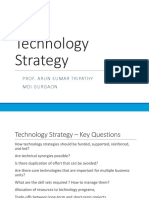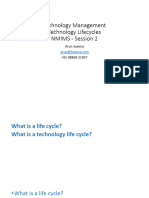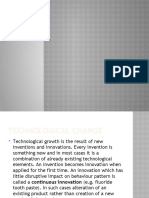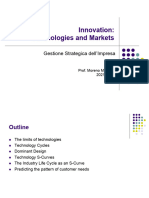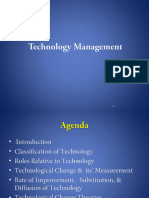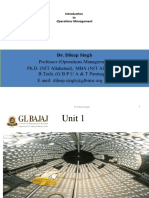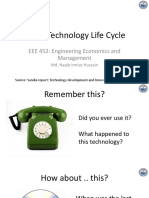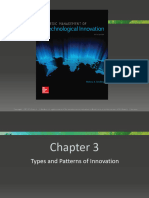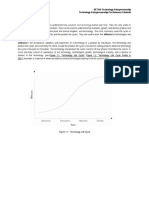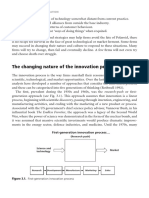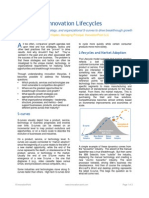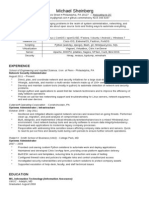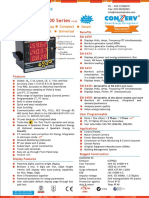0% found this document useful (0 votes)
17 views17 pagesLecture 2
The document discusses the fundamentals of technology life cycles, including the S-curve of technological progress, market growth phases, and competition dynamics at different stages. It emphasizes the importance of understanding technology's evolution and market interaction for strategic planning and innovation management. Additionally, it covers the diffusion of technology and the factors influencing its adoption within social systems.
Uploaded by
bcolombo741Copyright
© © All Rights Reserved
We take content rights seriously. If you suspect this is your content, claim it here.
Available Formats
Download as PDF, TXT or read online on Scribd
0% found this document useful (0 votes)
17 views17 pagesLecture 2
The document discusses the fundamentals of technology life cycles, including the S-curve of technological progress, market growth phases, and competition dynamics at different stages. It emphasizes the importance of understanding technology's evolution and market interaction for strategic planning and innovation management. Additionally, it covers the diffusion of technology and the factors influencing its adoption within social systems.
Uploaded by
bcolombo741Copyright
© © All Rights Reserved
We take content rights seriously. If you suspect this is your content, claim it here.
Available Formats
Download as PDF, TXT or read online on Scribd
/ 17








